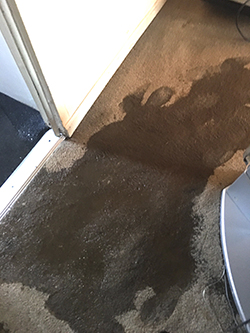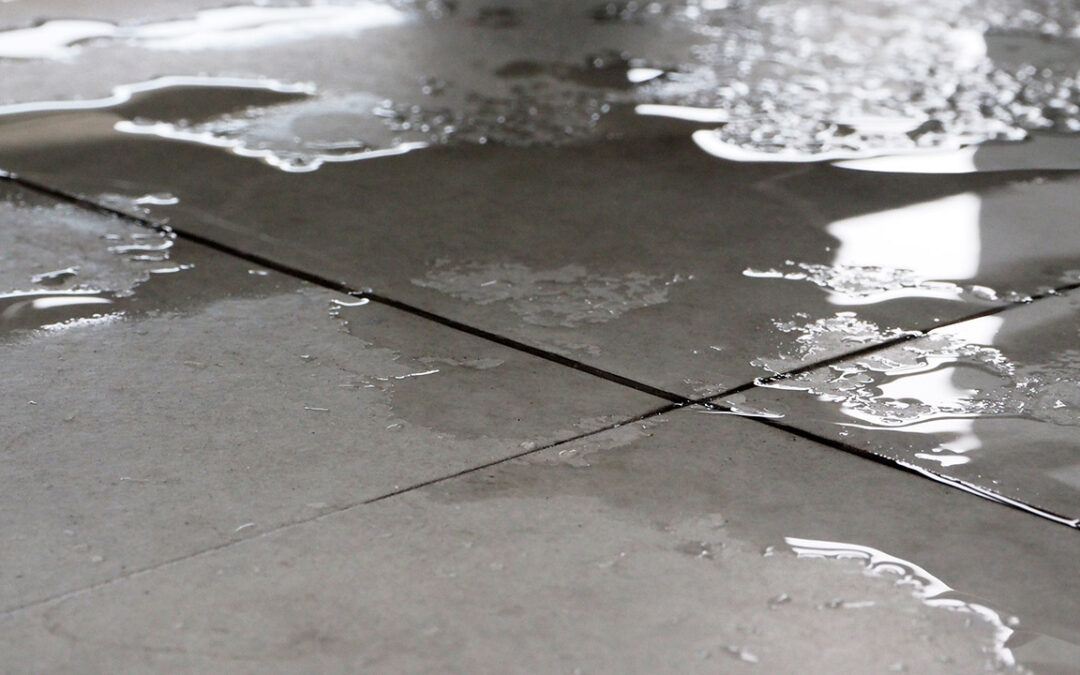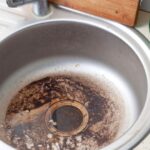 Sextensive damage if not detected early. Understanding the signs and taking proactive measures can save you from costly repairs and significant inconvenience.
Sextensive damage if not detected early. Understanding the signs and taking proactive measures can save you from costly repairs and significant inconvenience.
What is a Slab Leak?
A slab leak refers to a leak in the water lines running under your home’s concrete foundation. These leaks can be caused by various factors, including:
- Corroded Pipes: Over time, pipes can corrode, especially if the water has a high mineral content.
- Poor Installation: Faulty installation of pipes can lead to leaks.
- Shifting Foundation: Natural ground movement can cause the foundation to shift, putting pressure on the pipes.
- Abrasion: Pipes rubbing against the concrete slab can wear down and develop leaks.
Why Slab Leaks are a Serious Issue
These leaks are not just minor inconveniences. They can lead to:
- Property Damage: Water can seep into floors and walls, causing structural damage.
- Health Risks: Persistent moisture can lead to mold and mildew growth, posing health risks.
- Financial Implications: Repairing slab leaks and the resulting damage can be very costly.
Common Signs of Slab Leaks
Being vigilant about the signs of a slab leak can help you catch them early. Look out for:
- Unexplained Increase in Water Bills: A sudden spike in your water bill might indicate a hidden leak.
- Damp or Wet Floors: If you notice damp spots or wet areas on your floor, it could be due to a slab leak.
- Warm Spots on the Floor: Hot water leaks can cause certain areas of your floor to feel warm.
- Low Water Pressure: A drop in water pressure can be a sign of a leak somewhere in your plumbing system.
Advanced Signs of Slab Leaks
 If leaks go unnoticed for too long, you might observe more severe symptoms:
If leaks go unnoticed for too long, you might observe more severe symptoms:
- Cracks in Walls and Floors: Water damage can cause structural cracks in your home.
- Mold and Mildew Growth: Persistent moisture creates an ideal environment for mould and mildew.
- Sound of Running Water: If you hear water running even when all taps are off, it might be a slab leak.
DIY Methods to Detect
Before calling a professional, you can try these DIY detection methods:
- Checking the Water Meter: Turn off all water appliances and check if the meter is still running.
- Conducting a Dye Test: Add food coloring to the toilet tank and see if it seeps into the bowl without flushing.
- Inspecting Visible Plumbing: Look for visible signs of leaks around plumbing fixtures.
When to Call a Professional
While DIY methods can help, some situations require professional intervention:
- Persistent Issues: If the problem persists despite your efforts, call a professional.
- Large-Scale Water Damage: Extensive water damage needs expert attention.
- Expertise and Tools: Professionals have specialised tools and expertise to accurately detect and repair slab leaks.
How Professionals Detect A Slab Leak
Professionals use advanced techniques to detect slab leaks, including:
- Acoustic Listening Devices: These devices can detect the sound of water leaks.
- Thermal Imaging Cameras: These cameras detect temperature variations caused by moisture.
- Moisture Sensors: Sensors can detect the presence of moisture in areas that are not visible.
Repairing Slab Leaks
Once detected, slab leaks need to be repaired promptly. Common repair methods include:
- Pipe Rerouting: Rerouting the pipe around the damaged section.
- Epoxy Pipe Coating: Applying epoxy to the inside of the pipe to seal leaks.
- Repiping: Replacing the entire pipe if it is extensively damaged.
Preventative Measures
Preventing slab leaks involves regular maintenance and proactive measures:
- Regular Maintenance Checks: Schedule regular inspections of your plumbing system.
- Upgrading Old Plumbing: Replace old, corroded pipes with new ones.
- Installing Leak Detection Systems: Use smart leak detectors to monitor your plumbing system continuously.
The Role of Insurance
Understanding your insurance policy can help mitigate the financial impact of slab leaks:
- Understanding Your Policy: Know what types of damage are covered.
- Filing Claims for Slab Leak Damage: Document all damage and repairs thoroughly.
- Common Exclusions and Limitations: Be aware of what is not covered by your policy.
Environmental Impact of Slab Leaks
Slab leaks can also have environmental consequences:
- Water Wastage: Undetected leaks waste a significant amount of water.
- Impact on Surrounding Soil: Leaks can erode soil and affect your home’s foundation.
- Sustainable Repair Solutions: Use eco-friendly materials and methods for repairs.
Long-Term Benefits of Early Detection
Early detection of slab leaks offers several long-term benefits:
- Protecting Your Property Value: Preventing damage maintains your home’s value.
- Reducing Repair Costs: Early repairs are typically less expensive.
- Ensuring a Safe Living Environment: Preventing mold and structural damage ensures a healthy home.
Conclusion
Slab leaks can cause significant damage to your property if not detected early. By understanding the signs of slab leaks, utilizing DIY detection methods, and knowing when to call a professional, you can protect your home from costly repairs and maintain a safe living environment. Regular maintenance and proactive measures are key to preventing slab leaks and preserving your property value.
FAQs
- How often should I check for slab leaks? It’s recommended to check for leaks at least once a year as part of your regular home maintenance routine.
- Can slab leaks occur in new homes? Yes, slab leaks can occur in new homes due to poor construction, faulty plumbing, or natural ground movement.
- What is the most effective way to detect a slab leak? Professional leak detection using acoustic listening devices, thermal imaging cameras, and moisture sensors is the most effective method.
- How much does it cost to repair a slab leak? The cost of repairing a slab leak varies depending on the extent of the damage and the repair method used. It can range from a few hundred to several thousand dollars.
- What should I do if I suspect a slab leak? If you suspect a leak, it’s best to contact a professional leak detection service immediately to accurately identify and repair the issue.





